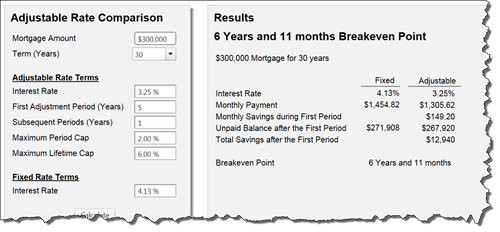The Cost of Co-Signing
It seems fairly innocuous; a friend or family member wants you to co-sign on a loan because they don’t qualify. They assure that they’ll make the payments; they’re quite convincing and very appreciative. You don’t want to disappoint them and after all, it’s not like it’s going to cost you anything…is it?
|
|
Think of it this way. They couldn’t get a loan unless you co-sign for them. If they don't make the payments, the lender is going to look to you to repay the loan plus late and collection fees. The lender may be able to sue you, file a lien on your home or garnish your wages.
And it’s not just money that you could be losing, it could be your credit too. Co-signing a loan is a contingent liability that could affect your debt-to-income ratio and your ability to borrow.
Co-signing is an obligation to repay the debt if the other signer is unable. You could be out the money and unable to recoup the loss because you don’t have control of the asset. The impact on your credit could take years to recover.
Before you obligate yourself, consider all of the ramifications involved in co-signing a loan for someone.






